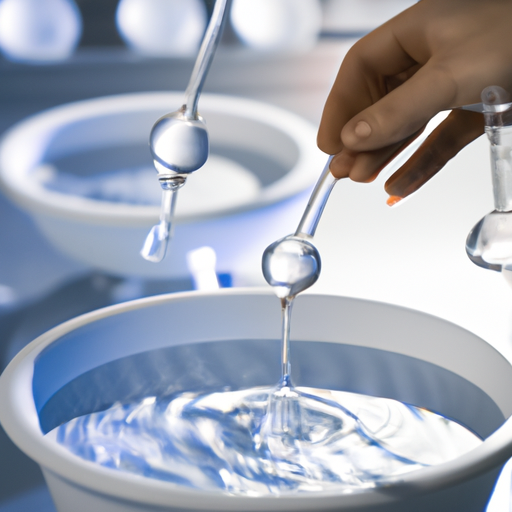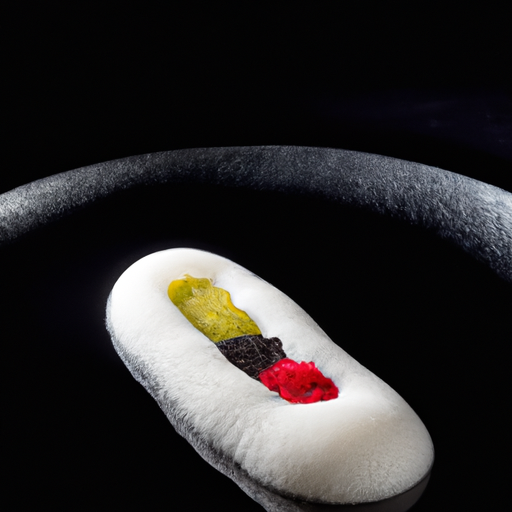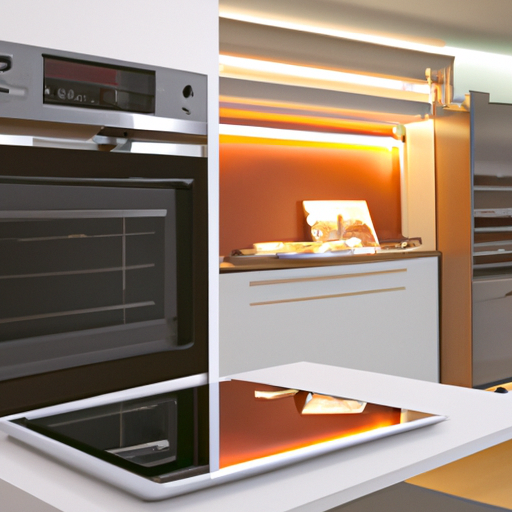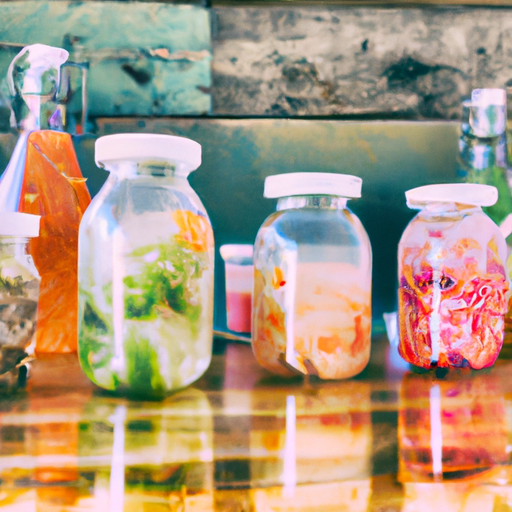Modern cooking techniques are transforming how home chefs approach food preparation. Molecular gastronomy, once reserved for high-end restaurants, is now becoming accessible to adventurous home cooks. This article explores essential techniques, equipment, and recipes to get started with molecular gastronomy at home.

The culinary world has witnessed a remarkable transformation in recent years, with molecular gastronomy moving from exclusive restaurants into home kitchens. This scientific approach to cooking, which explores the physical and chemical transformations of ingredients during cooking, is no longer just the domain of celebrated chefs – it's becoming a fascinating frontier for home cooks who want to push their culinary boundaries.
Molecular gastronomy combines science and artistry to create dishes that challenge our expectations of texture, temperature, and presentation. While the term might sound intimidating, many basic molecular gastronomy techniques are surprisingly approachable with the right knowledge and equipment.
The Essential Equipment
To begin exploring molecular gastronomy at home, you'll need some specialized but increasingly affordable equipment. A basic starter kit should include:
- A precision scale for measuring ingredients - A sous vide immersion circulator - Silicon molds in various shapes - A food siphon for creating foams - Basic chemicals like sodium alginate and calcium chloride for spherification
Fundamental Techniques and Applications
Spheres and Caviar: One of the most visually striking molecular gastronomy techniques is spherification, which creates liquid-filled spheres that burst in your mouth. This technique can transform any flavorful liquid into pearl-like spheres. For example, you can create mango caviar to top a dessert or olive oil spheres to garnish a salad.
Foams and Airs: Using a food siphon and stabilizers like lecithin, you can create light, airy foams that intensify flavors while adding dramatic presentation elements. Imagine a wild mushroom cappuccino topped with truffle foam or a citrus dessert with light-as-air lime foam.
Gels and Jellies: Modern gelling agents like agar-agar and carrageenan allow you to create gels with different textures and thermal properties. These can be used to make everything from wine gels to vegetable caviar.
Starting Simple: Basic Recipes
Mango Caviar Ingredients: - 1 cup mango puree - 2g sodium alginate - 5g calcium chloride - 4 cups cold water
Method: 1. Mix mango puree with sodium alginate until fully dissolved 2. Prepare a calcium chloride bath 3. Drop the mango mixture into the bath using a dropper 4. Collect the spheres and rinse in cold water
Basil Foam Ingredients: - 2 cups fresh basil leaves - 1 cup water - 2g soy lecithin - Salt to taste
Method: 1. Blend basil with water and strain 2. Add lecithin and blend again 3. Use an immersion blender to create foam
Advancing Your Skills
As you become more comfortable with basic techniques, you can start combining methods to create more complex dishes. Consider a deconstructed caprese salad featuring tomato spheres, mozzarella foam, and basil gel, or a modern dessert combining chocolate soil, fruit caviar, and vanilla air.
Safety and Best Practices
While molecular gastronomy is exciting, it's essential to follow proper safety guidelines:
- Always measure ingredients precisely - Use food-grade chemicals only - Keep detailed records of your experiments - Start with small batches when testing new techniques - Clean equipment thoroughly between uses
Common Challenges and Solutions
New practitioners often encounter some common issues:
Sphere Formation Problems: - Solution: Ensure correct chemical ratios and liquid density - Check water temperature and pH levels - Allow proper setting time
Unstable Foams: - Solution: Adjust lecithin quantities - Ensure proper temperature control - Use fresh ingredients
Inconsistent Gels: - Solution: Precise measurement of gelling agents - Proper heating and cooling techniques - Consider liquid pH and sugar content
Integrating with Traditional Cooking
Molecular gastronomy doesn't have to replace traditional cooking methods – it can enhance them. Consider how these techniques can add unexpected elements to familiar dishes:
- Add olive oil spheres to traditional salads - Garnish soups with vegetable foams - Include fruit caviar in classic desserts
The Future of Home Molecular Gastronomy
As equipment becomes more affordable and techniques more accessible, we're likely to see more home cooks embracing molecular gastronomy. Online communities and resources are growing, making it easier than ever to learn and share experiences.
The movement towards molecular gastronomy in home kitchens represents more than just a trend – it's a fundamental shift in how we think about food preparation and presentation. By understanding the science behind cooking, home chefs can create dishes that aren't just delicious but also push the boundaries of culinary creativity.
As you begin your molecular gastronomy journey, remember that every expert started as a beginner. Take time to master each technique, document your experiments, and most importantly, have fun with the process. The kitchen is your laboratory, and the possibilities are endless.



